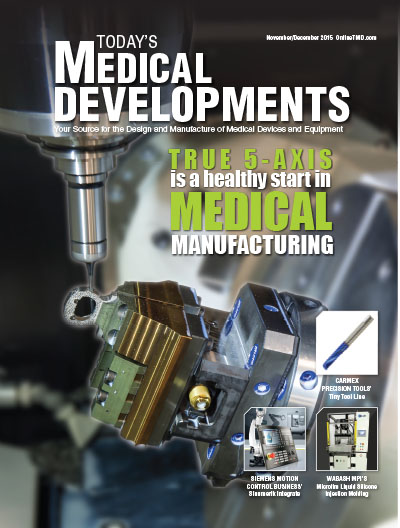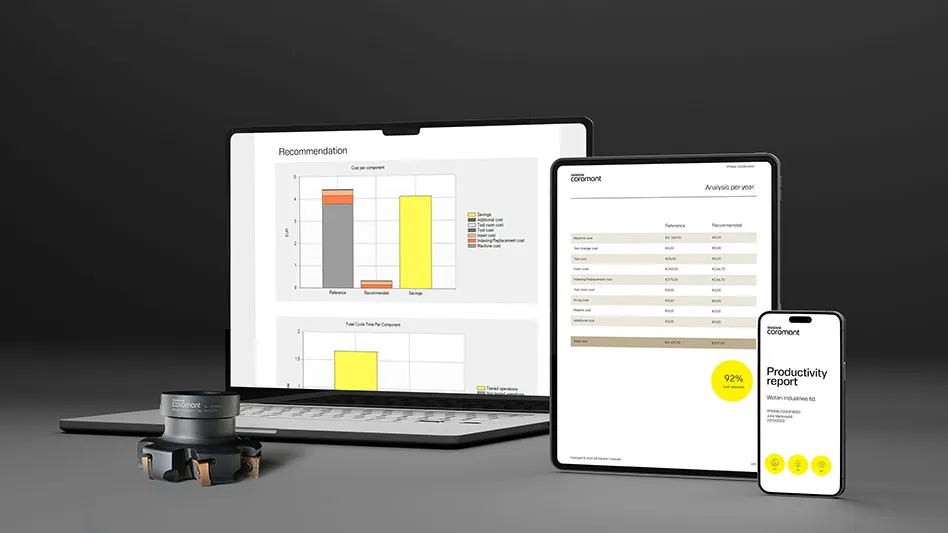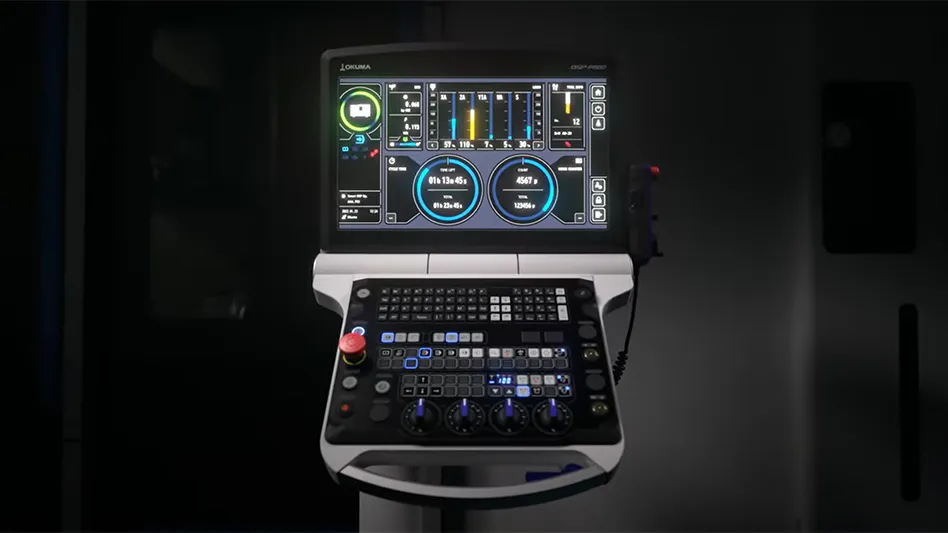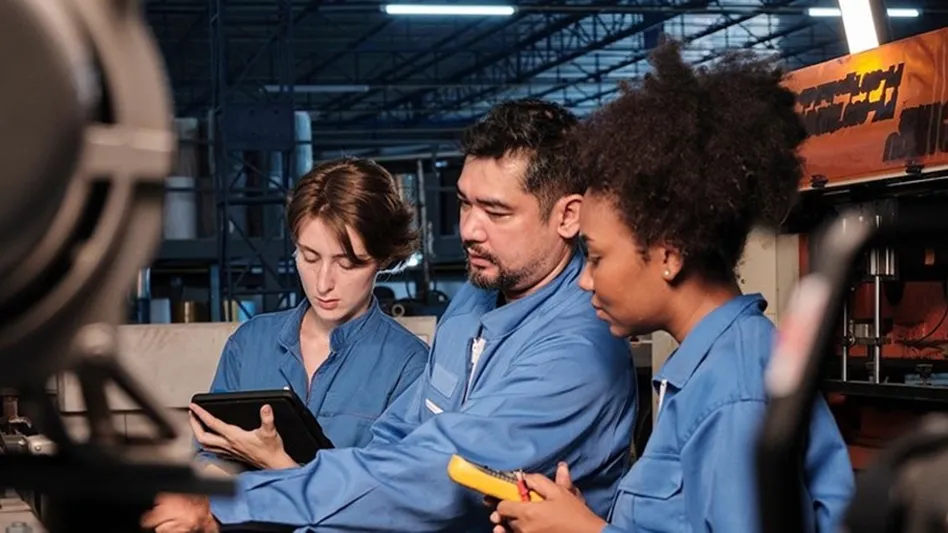.jpg) Lab in a needle – a single, self-contained medical device that could condense the entire laboratory process into the sample collection device – may be getting closer to reality. A device would quickly detect liver toxicity, which is a common side effect of chemotherapy. While current liver toxicity tests take several days, with multiple steps required before a physician interprets the test results and communicates them to the patient, the new device will test toxicity in 30 minutes.
Lab in a needle – a single, self-contained medical device that could condense the entire laboratory process into the sample collection device – may be getting closer to reality. A device would quickly detect liver toxicity, which is a common side effect of chemotherapy. While current liver toxicity tests take several days, with multiple steps required before a physician interprets the test results and communicates them to the patient, the new device will test toxicity in 30 minutes.
Developed by Houston Methodist; Nanyang Technological University (NTU Singapore); and the Singapore Institute of Manufacturing Technology (SIMTech), a research institute of the Agency for Science, Technology, and Research (A*STAR), investigators demonstrated accurate liver toxicity in pre-clinical models by measuring two genetic indicators of toxicity in aspartate aminotransferase (AST) and alanine aminotransferase (ALT). The proteins represented by these indicators are among the most sensitive and widely used liver enzymes in liver testing.
“We used the concept of lab on a chip, which compresses the entire function of a laboratory diagnostic test onto a tiny microfluidics chip, to create a lab in a needle,” explains Stephen T.C. Wong, Ph.D., P.E., chair of the department of systems medicine and bioengineering at Houston Methodist Research Institute. “Our goal is to integrate sample acquisition and preparation into one device, a significant challenge that has slowed the development of point-of-care testing.”
The joint research group sought to develop a new class of device to collect patient samples, prepare them for testing, evaluate toxicity, and display results in one easy-to-use process, allowing doctors and patients to discuss treatment options immediately. A compact device would also make possible diagnostic testing outside of a clinical setting, such as at home or in the field.
“What we have proven is when the doctor takes a blood or liver sample, the sample can be prepared and analyzed using lab-on-a-chip methods, which eliminate the need for wet laboratory work and experts,” states Joseph Chang, Ph.D., a professor of circuits and systems and biomedical engineering expert who is the director of Virtus, the Centre of Excellence in IC Design at NTU’s School of Electrical and Electronic Engineering.
Sample preparation was accomplished on one chip that incorporated a miniature motor and microfluidics, while amplification was performed on a second connected chip, says Wong, who is also a professor of radiology, neuroscience, pathology, and laboratory medicine at Weill Cornell Medical College.
Elevations in the two examined gene markers of liver toxicity were accurately detected and consistent with previously known changes, indicating that lab-in-a-needle is an appropriate diagnostic option.
“Our next steps are to integrate the sample preparation and analysis chips into a miniaturized device. A*STAR SIMTech will tap on its manufacturing process capabilities to develop a cost-effective lab-in-needle device that can be scaled up for mass production. This will enable the mobile technology to be expanded to test for a number of health conditions in outpatient settings or outside hospitals,” says Zhiping Wang, Ph.D., a principal scientist in microfluidics and director of research programmes at A*STAR SIMTech.
Houston Methodist
www.houstonmethodist.org
Nanyang Technological University
www.ntu.edu.sg
Singapore Institute of Manufacturing Technology, a research institute of the Agency for Science, Technology, and Research
www.a-star.edu.sg

Explore the November December 2015 Issue
Check out more from this issue and find you next story to read.
Latest from Today's Medical Developments
- Tsugami America’s Technical Center in Minnesota
- RobOps Copilot for AI-powered robot optimization
- US companies invest heavily in robots
- #34 Lunch + Learn Podcast - Cobots' potential to revolutionize aerospace manufacturing with Techman Robots
- Universal Robots announces seamless integration with Siemens PLCs
- This month's Manufacturing Lunch + Learn is May 16
- Ultrahuman wearable technology
- Additive Manufacturing for Aircraft Cockpit Interior Components





